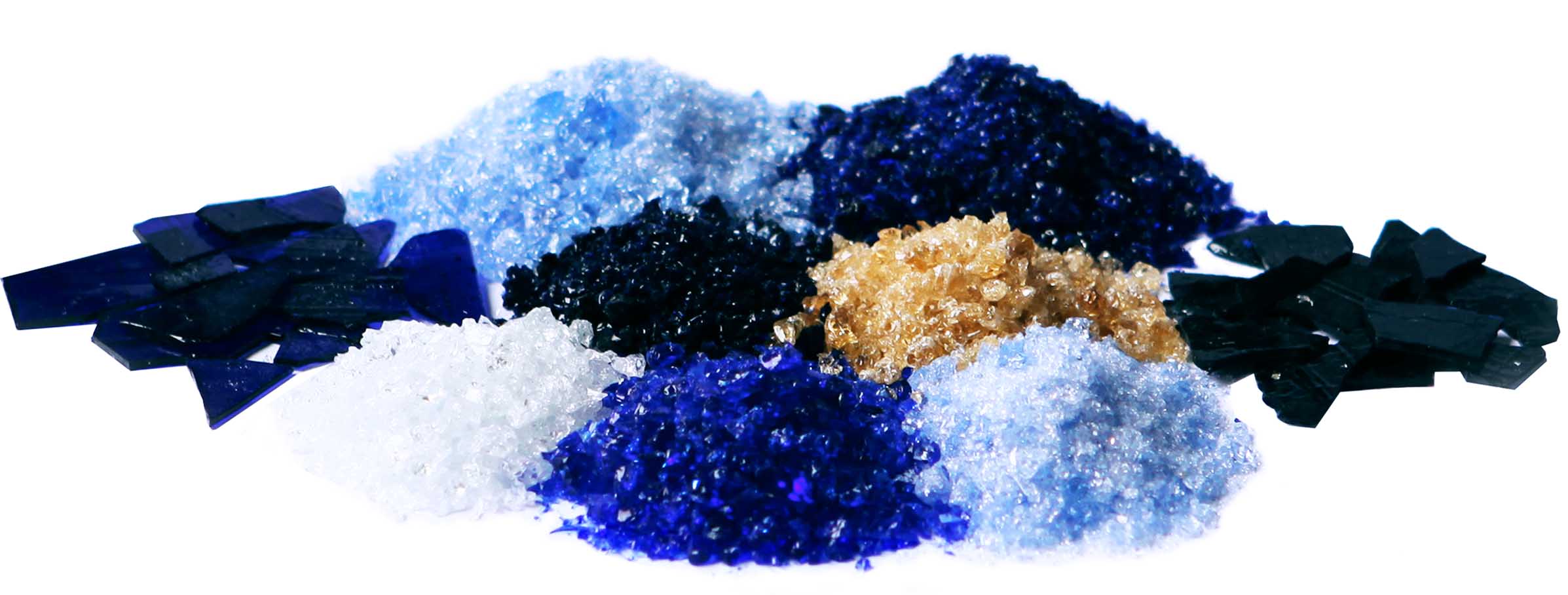The magic behind the glass-like finish of glazed ceramics lies in a substance called silica. Silica, also known as silicon dioxide, is the primary component responsible for creating the smooth, glossy appearance of ceramic glazes once they are fired in a kiln.
When clay pottery or tiles are coated with a glaze and subjected to high temperatures, silica melts and forms a glassy layer that bonds to the surface. This transformation occurs because, during firing, the glaze ingredients—often a mixture of silica, alumina, and fluxes—melt and fuse together. Silica acts as the key glass-forming ingredient, which gives the glaze its smooth, shiny, and durable finish.
In addition to silica, other materials such as fluxes (sodium or potassium compounds) and alumina (aluminum oxide) play crucial roles in the composition of the glaze. Fluxes lower the melting point of silica, enabling it to melt and spread evenly over the surface of the ceramic at a lower temperature. Alumina helps in stabilizing the glaze and prevents it from becoming too runny during firing.
The amount of silica in the glaze mixture can determine the final appearance and texture of the surface. High silica content results in a smoother, more glass-like finish, while lower amounts can lead to a more matte or textured surface. Additionally, the presence of other materials like metal oxides can influence the color of the glaze, allowing for a wide range of effects, from vibrant blues to earthy greens.
In summary, silica is the key substance that makes ceramic glazes take on a glass-like appearance when fired. Its ability to melt and form a glassy layer not only enhances the beauty of ceramic pieces but also provides durability and protection, making glazed ceramics more functional and aesthetically pleasing.
When clay pottery or tiles are coated with a glaze and subjected to high temperatures, silica melts and forms a glassy layer that bonds to the surface. This transformation occurs because, during firing, the glaze ingredients—often a mixture of silica, alumina, and fluxes—melt and fuse together. Silica acts as the key glass-forming ingredient, which gives the glaze its smooth, shiny, and durable finish.
In addition to silica, other materials such as fluxes (sodium or potassium compounds) and alumina (aluminum oxide) play crucial roles in the composition of the glaze. Fluxes lower the melting point of silica, enabling it to melt and spread evenly over the surface of the ceramic at a lower temperature. Alumina helps in stabilizing the glaze and prevents it from becoming too runny during firing.
The amount of silica in the glaze mixture can determine the final appearance and texture of the surface. High silica content results in a smoother, more glass-like finish, while lower amounts can lead to a more matte or textured surface. Additionally, the presence of other materials like metal oxides can influence the color of the glaze, allowing for a wide range of effects, from vibrant blues to earthy greens.
In summary, silica is the key substance that makes ceramic glazes take on a glass-like appearance when fired. Its ability to melt and form a glassy layer not only enhances the beauty of ceramic pieces but also provides durability and protection, making glazed ceramics more functional and aesthetically pleasing.
Next: What is a Glass Glaze?






